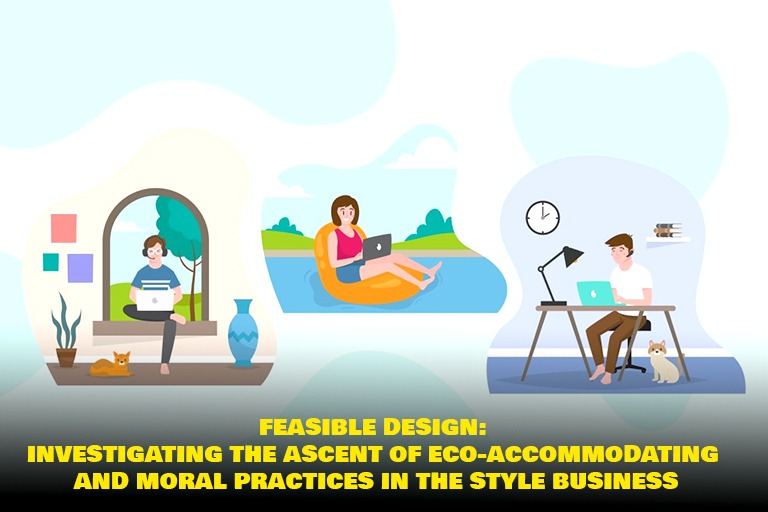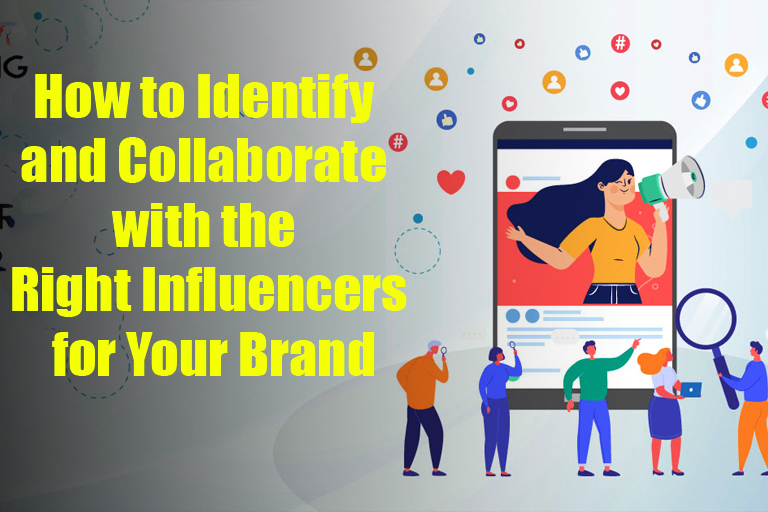The design business has for some time been related to marvelousness, imagination, and advancement. Nonetheless, it has likewise confronted analysis for its negative ecological effect and untrustworthy work rehearses. Lately, another development has arisen that looks to change the business into an additional manageable and dependable one. This article dives into the ascent of eco-accommodating and moral practices in the style business and investigates the different drives that are forming a more supportable future.
- The Ecological Effect of Design:
The style business has a critical natural impression, adding to contamination, squandering age, and exhaustion of regular assets. The creation of materials, the utilization of harmful synthetic compounds, and the removal of pieces of clothing all add to this effect. Nonetheless, reasonable design expects to relieve these issues by taking on practices like utilizing natural or reused materials, lessening water utilization, and limiting waste through reusing and upcycling.
- Sustainable Materials and Creation:
One of the critical mainstays of reasonable design is the utilization of eco-accommodating materials. Originators and brands are progressively going to natural cotton, hemp, bamboo, and other practical options in contrast to customary textures. These materials are developed without the utilization of hurtful pesticides and require less water and energy to deliver. Moreover, inventive advances are empowering the improvement of textures produced using reused materials like plastic containers or disposed of pieces of clothing.
- Ethical Work Practices:
The design business has likewise confronted examination concerning work conditions in the article of clothing production lines, especially in agricultural nations. Numerous laborers face extended periods, low wages, and risky working circumstances. Accordingly, a maintainable style advances moral work works on, guaranteeing fair wages, safe workspaces, and laborers’ freedoms. Affirmations like Fair Exchange and the Worldwide Natural Material Norm (GOTS) assist purchasers with distinguishing brands that focus on these moral contemplations.
- Circular Style Economy:
The idea of a roundabout economy has built up some decent forward movement in the design business. It includes planning items determined to broaden their life expectancy and making a shut-circle framework where materials are reused and reused. Brands are investigating imaginative plans of action like attire rental, resale stages, and fixed administrations to advance circularity. By embracing these practices, the business can decrease squandering and limit its effect on the climate.
- Consumer Mindfulness and Commitment:
Shoppers assume a pivotal part in driving the shift towards maintainable design. Expanded consciousness of the natural and social effects of the style business has prompted a developing interest in eco-accommodating and morally delivered clothing. Thus, shoppers are turning out to be more aware of their buying decisions and searching out maintainable other options. Design brands are answering by straightforwardly sharing data about their stockpile chains and maintainability endeavors, engaging customers to settle on informed choices.
- Collaboration and Industry Drives:
To accomplish significant change, joint effort across the design business is fundamental. Numerous drives and associations have arisen to work with this coordinated effort. The Maintainable Clothing Alliance (SAC), Design Unrest, and the Ellen MacArthur Establishment’s Make Style Round drive are only a couple of models. These stages unite partners from across the store network to share best practices, set industry principles, and drive aggregate activity.
- Innovative Advancements and Plan:
Headways in innovation play had a vital impact in advancing supportable practices in the style business. From 3D printing and advanced plan apparatuses to imaginative coloring strategies and waterless cycles, innovation is empowering originators and makers to make designs with diminished ecological effects. Furthermore, practical plan standards, for example, negligible waste examples and particular plans are acquiring ubiquity, guaranteeing that pieces of clothing are proficient to deliver and simple to fix or reuse.
- Supply Chain Straightforwardness:
Straightforwardness in the design production network has turned into a fundamental part of supportability endeavors. Purchasers are requesting more noteworthy perceivability into where and how their garments are made. Brands are answering by taking on discernibility frameworks that permit them to follow the excursion of their items from unrefined substances to completed articles of clothing. This straightforwardness recognizes and addresses possible natural and social issues, guaranteeing that moral norms are met at each phase of creation.
- Education and Mindfulness:
Advancing a manageable style requires schooling and mindfulness at all levels, from originators and producers to customers. Style schools and industry associations are integrating supportable practices into their educational plan and advancing mindful plans. Essentially, public mindfulness missions and occasions like Style Unrest Week are assisting with teaching buyers about the effect of their design decisions and enabling them to request change from brands.
- Government and Strategy Backing:
States are starting to perceive the requirement for reasonable design and are executing arrangements to help the change. A few nations have acquainted guidelines for decreasing material waste, empowering reusing, and advancing manageable practices. Moreover, coordinated efforts between states, industry partners, and not-for-profit associations are making progress toward establishing a strong strategy climate that boosts reasonable design and punishes earth-destructive practices.
- Challenges and Future Standpoint:
While the headway made in a feasible style is estimable, challenges remain. Increasing economic practices across the whole business, guaranteeing openness and reasonableness of feasible items, and resolving complex issues like microplastic contamination requires progressing endeavors. Nonetheless, what’s to come looks encouraging. With proceeded with advancement, coordinated effort, and buyer interest, a feasible design is ready to turn into the standard as opposed to the exemption.
- Collaboration with Craftsmen and Nearby People groups:
Supportable design additionally includes perceiving and esteeming the craftsmanship of craftsmen and drawing in with neighborhood networks. By working together with gifted craftsmen and customary specialists, design brands can uphold neighborhood economies, protect social legacy, and advance practical jobs. This approach encourages a feeling of social variety and uniqueness in design while engaging networks and guaranteeing fair exchange rehearses.
Conclusion:
The ascent of feasible design addresses a basic change in the style of business towards more noteworthy natural and social obligations. By embracing eco-accommodating materials, moral work rehearses, round plans of action, and cognizant utilization, the business is making progress toward a more feasible future. Coordinated effort, straightforwardness, and aggregate activity are fundamental for beating difficulties and driving further advancement. As shoppers, we can help practical style and add to a more moral and earth-cognizant industry. Together, we can shape a design scene that celebrates both style and supportability.
Read more – The Brain Research of Design: What Dress Decisions Mean for Our Temperament and Conduct
Read more – Headways in Nanotechnology: Investigating the Universe of Microscale Developments




